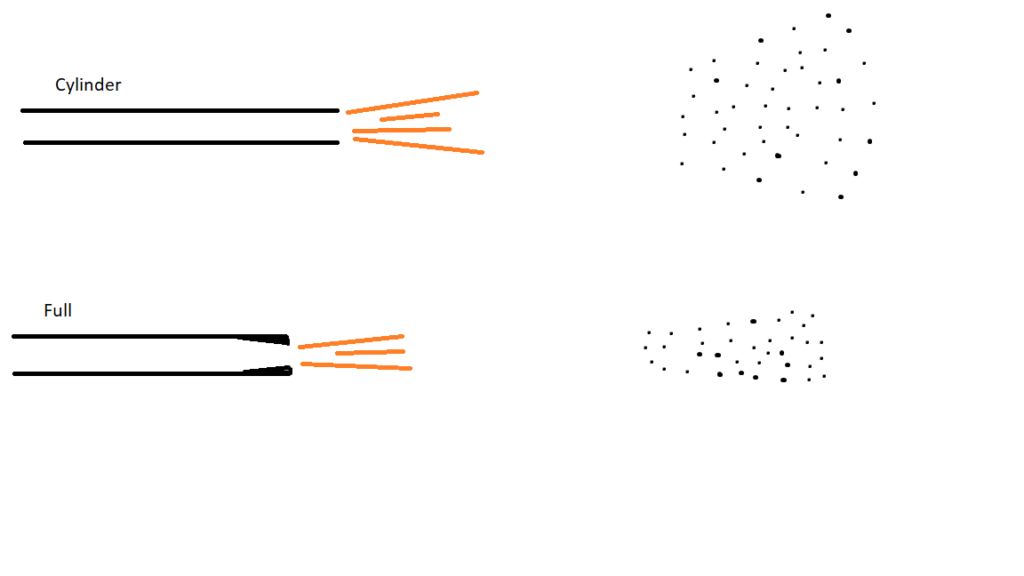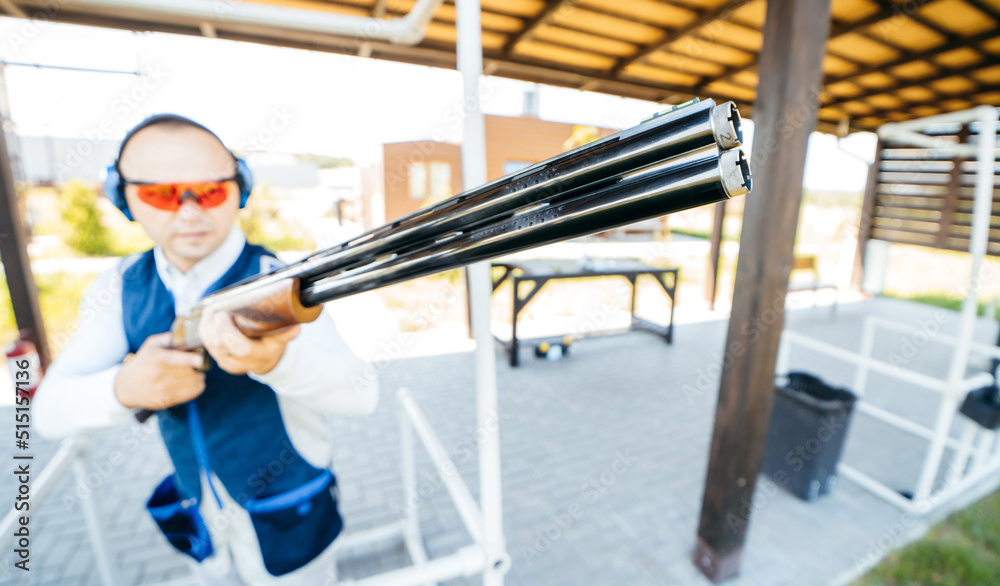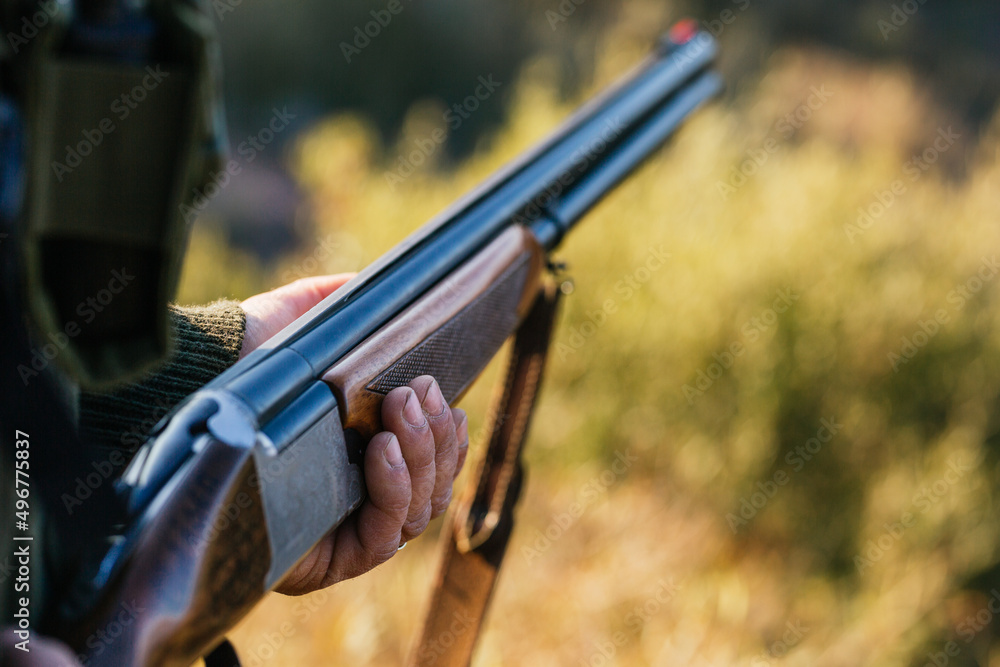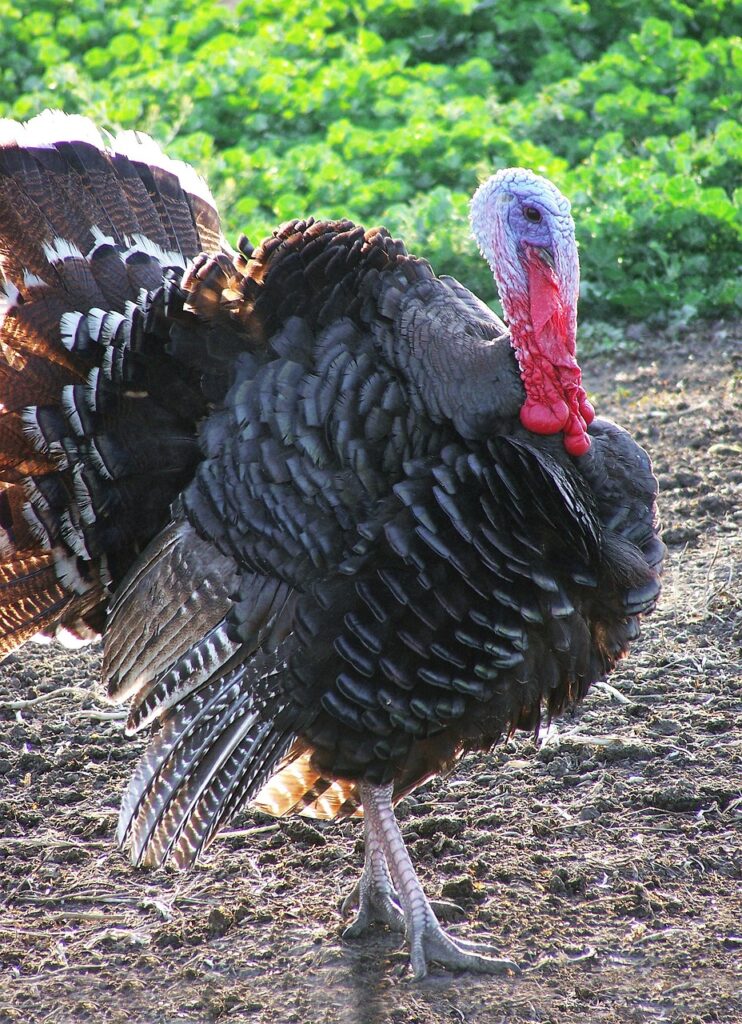A true hunter would never survive without a shotgun. Shotguns are designed to blast a large group of small shot pellets at a target. This greatly increases your chances of hitting that target. However, some targets are larger than others. Some move faster than others. This is why shotgun chokes were invented.
What are Shotgun Chokes?
A choke is a tube that screws into a shotgun barrel to control the size of the spread that will ultimately hit your target. Some guns have a choke built into the barrel and cannot be changed. However, most modern guns use threaded choke tubes that are inserted into the end of the barrel.
These tubes can be quickly changed out when hunting for different types of game.
Some of the links in this post may be amazon affiliate links. This means I will receive a commision if a purchase is made through these links. There is no charge to you.
What are the different types of shotgun choke tubes?
6 types of choke tubes come to my mind. These six types are not brand-specific. Therefore, all manufacturers and gun enthusiasts recognize the names of these six. Here is a list of them. We will discuss them in more detail later.
- Cylinder
- Improved Cylinder
- Modified
- Full
- Extra Full
- Rifled
Keep in mind there are several other chokes made by different manufacturers. Some gun manufacturers have their own names for chokes. The chokes listed above are the most common.
How do shotgun chokes work?
Each of the choke tubes listed above has a different internal diameter. Except for #6 (Rifled) which is a bit of an outlier, the tubes are listed from largest to smallest. In other words, the cylinder tube has the largest internal diameter and will produce the largest spread. The Extra full is the tightest, or smallest diameter and will produce the smallest spread.
When a shotgun shell is fired through the barrel, the choke tube makes up the last couple of inches before the group of pellets leaves the gun. These tubes will hold the pellets together or allow them to spread wide. Here’s an illustration to show you what I mean.

What is the advantage of changing shotgun chokes?

You may be wondering, “Why can’t I just select one kind of choke and always use that?” Well, you can, but you are greatly reducing your chances for success and giving up a ton of accuracy.
It certainly wouldn’t be wise to use the same choke on a dove that you would a Canadian Goose. A dove requires a lot wider spread. The dove is much smaller and more fragile. For the goose, you should select a tighter choke to concentrate more pellets onto the bird. The goose is a bigger target, so you can get by with a tighter spread.
The tightest chokes, or Extra Full, are commonly used on turkeys. They are generally a little further away when you pull the trigger. Not to mention, you will want to focus as many pellets as you can on his head.
Now that we understand chokes a bit better, let’s discuss these one at a time.
The Cylinder Choke
Diameter
12 Gauge: 0.730 in.
20 Gauge: 0.615 in.
.410: 0.410 in. (Hence the name!)
Uses
The Cylinder Choke maintains the same bore size as the barrel. It’s really not a choke at all. A shotgun with a smooth straight barrel and no choke would be considered a “Cylinder”. If your shotgun comes with a set of choke tubes, there may be a cylinder choke in the group. However, they are fairly uncommon.
This choke will produce roughly 40″ of spread at 25 yards. 12 gauge
The Improved Cylinder Choke
Diameter
12 Gauge: 0.720 in.
20 Gauge: 0.610 in.
.410: 0.404 in
Uses
Improved cylinder chokes can be used for a wide variety of small game and target shooting. This choke is a bit tighter than the cylinder. Many skeet shooters will choose the improved cylinder, especially if they are beginners or shooting closer-range targets.
This choke will produce roughly 40″ of spread at 30 yards. 12 gauge
The Modified Choke
Diameter
12 Gauge: 0.710 in.
20 Gauge: 0.600 in.
.410: 0.402 in.
Uses
If I could only pick one choke to leave in my gun for the rest of my life, it would be modified. It delivers a tight enough pattern to make some long shots with clean kills. However, it isn’t so tight that small game will be torn to pieces. Many waterfowl hunters, trap and skeet shooters, and other small game hunters will opt for the modified.
This choke will produce roughly 40″ of spread at 35 yards. 12 gauge
The Full Choke
Diameter
12 Gauge: 0.695 in.
20 Gauge: 0.590 in.
.410: 0.398 in.
Uses
If you are a goose hunter, the full choke may be for you. Geese are normally a little further out when shots are taken. Not to mention they are giant and have an abundance of tough feathers. Since geese are so hard to kill, it pays to have a tight pattern with a high concentration of shot in a smaller area. Some experienced trap shooters who like the long shots may opt for a full choke as well. With a tight pattern, it’s a good way to get some extra distance and show off to your friends.
This choke will produce roughly 40″ of spread at 40 yards. 12 gauge
Warning
Many Full chokes will not accept steel or tungsten shot. The choke tube may say LEAD ONLY. Always pay attention to these warnings. For goose hunting, I prefer to use a full choke with bismuth shot. Most Full chokes will accept bismuth. Again, read the warning labels on your equipment.
The Extra Full Choke (Turkey)
Diameter
12 Gauge: 0.680-0.690 in.
20 Gauge: 0.586 in.
.410: —-
Uses
Turkey hunters always look for the tightest choke they can get their hands on. One reason for this is a turkey hunter wants to make a headshot. The most valuable meat on a turkey is the breast. So, shooting him in the chest really isn’t an option. The other reason is turkeys are hard to get in close. They have good eyes. It is best to take longer shots with these birds. Therefore, Extra Full is the way to go for turkeys.
The extra full choke will produce the tightest pattern at the longest distance.
Warning: Like the full choke, the extra full will certainly have some restrictions on the type of ammo that can be used. Read and follow the warning labels on the choke tube.
The Rifled Choke
Diameter
12 Gauge: Groove Diameter 0.730 in.
20 Gauge: 0.620 in.
410: 0.410 in.
Uses
This choke has spiraled rifling in it to give a slug a spin right at the end of the barrel. It is by no means as good as a fully rifled barrel but can improve accuracy somewhat. This choke is absolutely not for shotshells. This is designed for slugs or sabots.
Be sure to check the choke and the ammunition for any warnings against using certain ammo/choke combinations.
How to change a Shotgun Choke Tube
Changing a choke tube in a shotgun is usually very simple. Most guns have threads inside the barrel that will accept the tube. Some tubes are made to be flush with the end of the barrel when fully installed. Others are designed to extend out of the barrel by an inch or more.
Most guns will come with a variety of choke tubes when you purchase them brand new. If so, they will come with a wrench for removing and tightening the tube into place. Some gun manufacturers make their wrenches different than others. However, most often they look about the same.
Here is a link for a choke multitool https://amzn.to/3TIquYR
Warning
It is extremely important that you keep your gun clean and do not overtighten the choke tube. If the threads have dirt or sand in them when tightening the tube, it could damage the threads. Do not use other tools to tighten your choke tube. Only use the wrench provided with the tubes and your hands. Damage to a threaded barrel could mean the end of that gun.
As I have stated several times in the article, always be sure to regard any warnings on the choke tube itself as well as the ammunition. Certain ammunition and choke tubes do not get along. This could cause damage to your gun or injury to yourself.
Conclusion
I hope this information will help you select the proper choke for whatever you decide to hunt or shoot. There is much more to be learned about this topic, but this should be a good start.
For other hunting advice, check out my entire Blog here!
Good luck!



